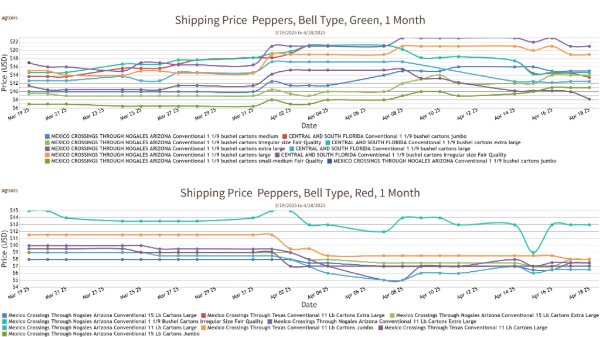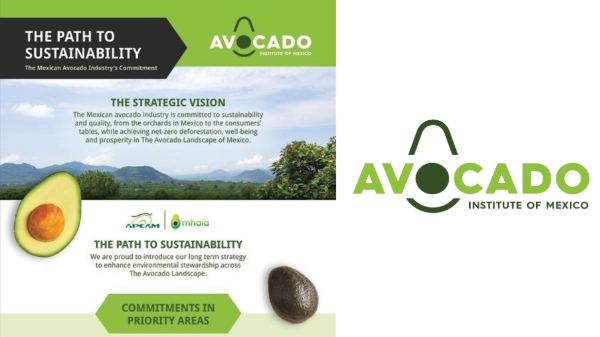Welcome to Blue Book!
Are you ready to join the thousands of companies who rely on Blue Book to drive smarter decisions? View our plans and get started today!
Still have questions? We’d love to show you what Blue Book can do for you. Drop us a line– we’ve been waiting for you.

Early 2000s
Stormy Weather
For the 2000-01 season, 8 years after Hurricane Andrew but before the coming devastation of citrus greening, there are 2.8 million navel orange bearing trees, 41.1 million Valencia orange trees, 4.1 million white seedless grapefruit trees, and 7.4 million colored seedless grapefruit trees in the state.
In 2002 an FDACS/USDA sterile insect rearing and release facility opens in Sarasota. The Medfly prevention program continues today with approximately 80 million sterile flies released weekly.
In 2003 the Jacksonville Port undergoes another deepening project, from 38 to 41 feet in depth, to allow room for larger cargo ships. The port has become an increasingly important conduit for U.S. fresh vegetable exports.
Florida orange production in the 2003-04 season reaches 242 million boxes, the second highest on record.
The Sunshine State is then rocked with five back-to-back storms, including Tropical Storm Bonnie (August) and hurricanes Charley (August), Frances (September), Ivan (September), and Jeanne (September).
Mid-2000s
The Tough Keep Growing
The citrus industry is devastated by the storms. The 2004-05 season’s orange crop is reduced by nearly a third and grapefruit yields by two-thirds.
Countless other fruit and vegetable growers across Florida suffer massive losses. Then came the next round of named storms, including Tropical Storm Arlene (June), Hurricane Dennis (July), and then Hurricane Katrina in September 2005.
Bedner, in Boynton Beach, remembers: “Like much of Florida, we had damage from too much rain and wind in a small amount of time.
“We would repair the damage, and then it would happen all over again,” Bedner points out. “We lost a lot of time in our growing season that year, which begins in November.” Commissioner of Agriculture Charles Bronson calls the combined devastation resulting from the storms “unprecedented.”
Bronson mounts a campaign to assure customers around the nation that Florida agriculture is “Coming Back Strong.”
Still recovering from the storms, Florida is then hit with Huanglongbing (HLB) disease—also known as citrus greening—in south Miami-Dade County in August 2005.
One of the most serious citrus threats in the world, HLB is spread by the tiny Asian citrus psyllid, and once a plant or tree is infected, there is no cure. In areas where greening is pervasive, millions of citrus trees decline and die within a few years.








